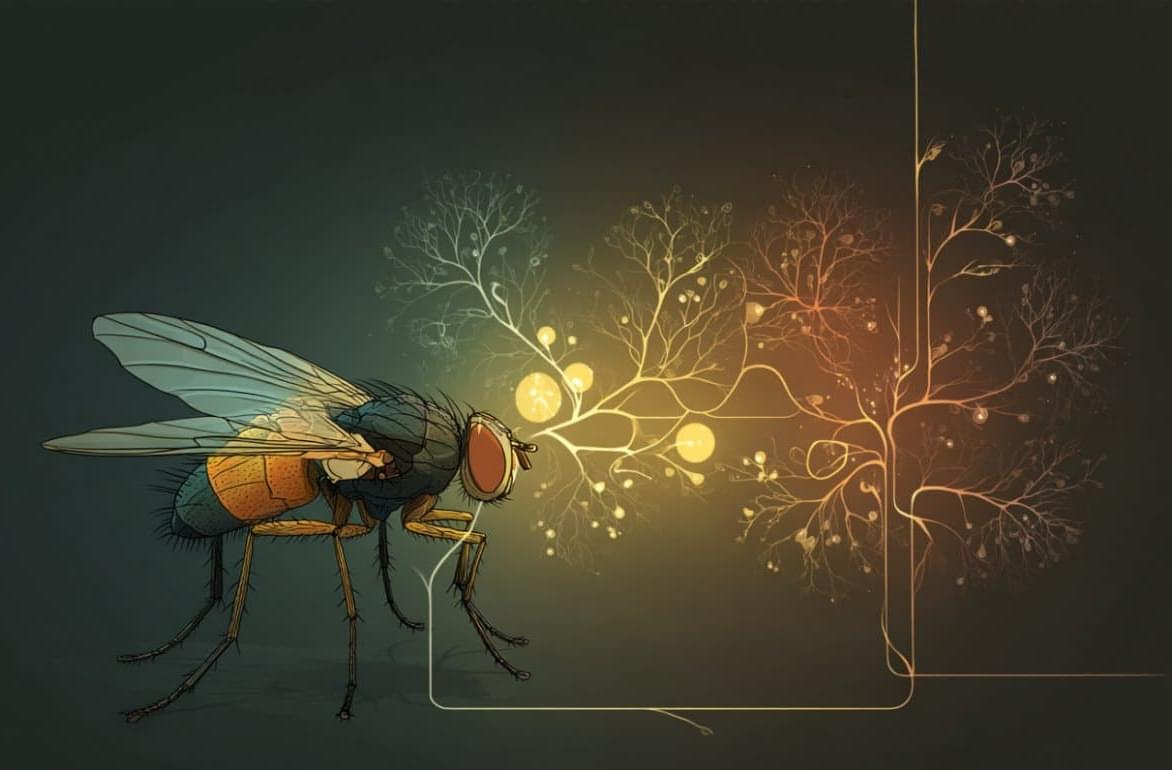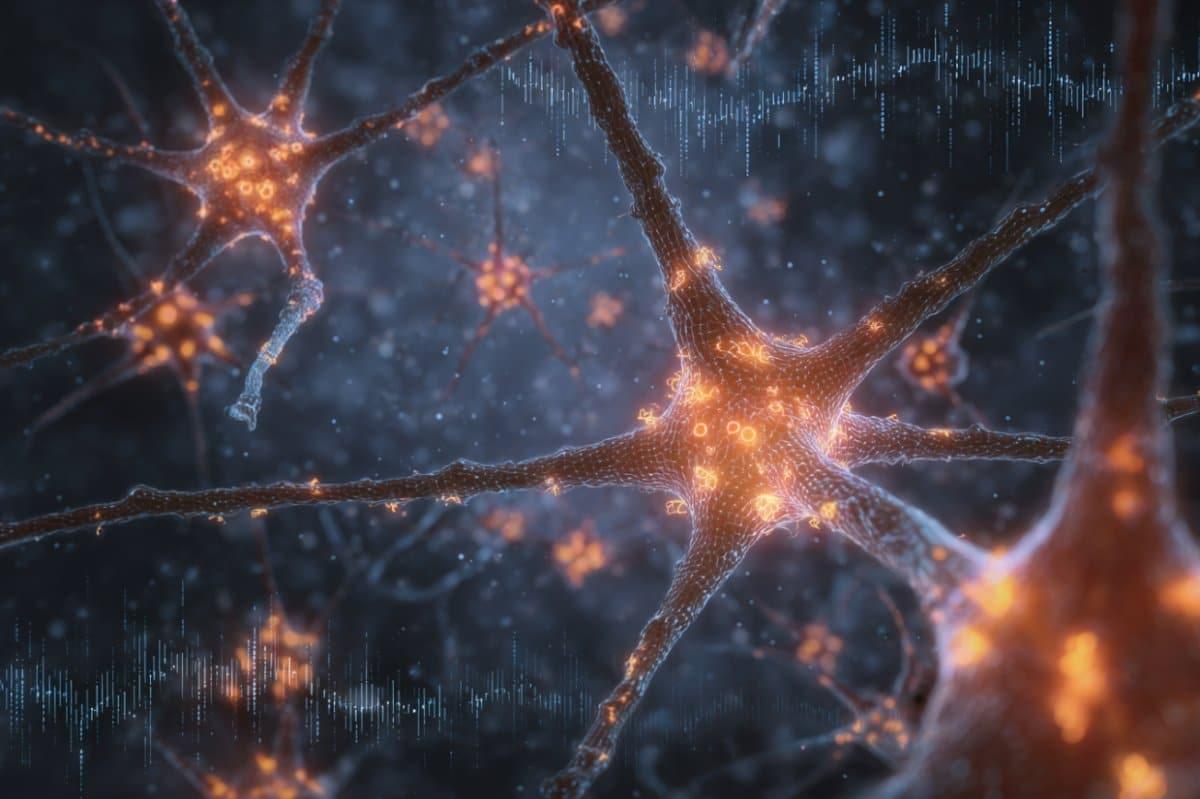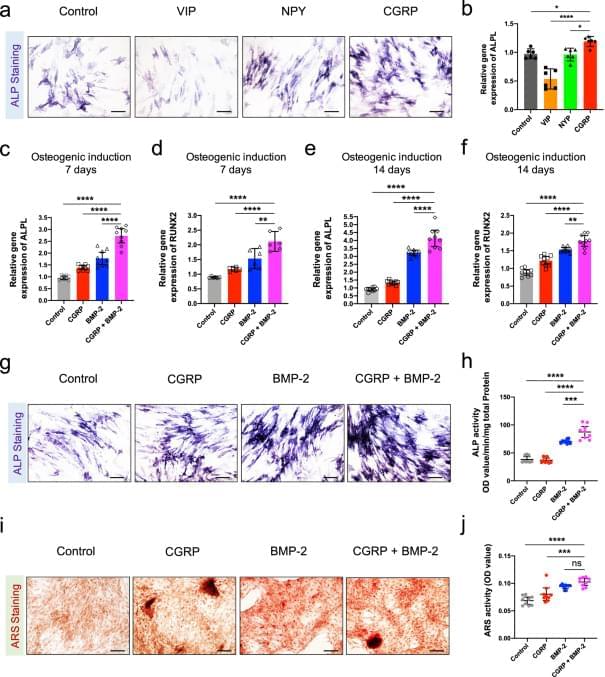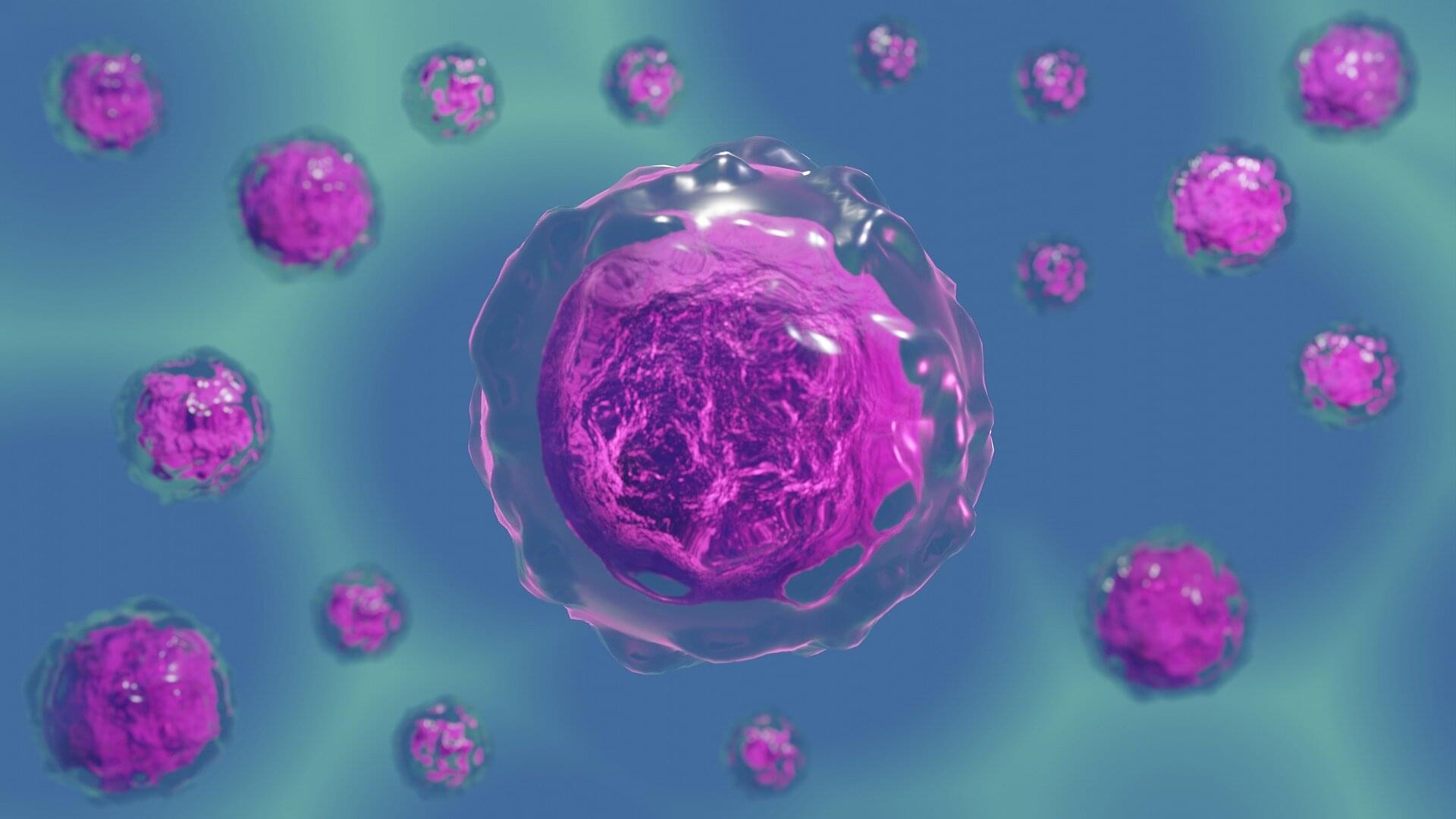Researchers at the AMOLF institute have created a revolutionary soft robot without electronic components that moves using compressed air.
Get the latest international news and world events from around the world.





Ice in Space Could Do Something We Thought Was Impossible
Water frozen in the darkness of space doesn’t appear to behave the way we thought.
A new research effort using computer simulations and experiments to explore the most common form water takes in the Universe has found that it is not as structureless as scientists had thought. Rather, repeating patterns – otherwise known as crystals – just a few nanometers across are likely embedded in an otherwise frozen jumble of molecules.
Since scientists had thought space too cold for ice crystals to have the energy to form, this discovery comes as a big surprise.

Divide-and-conquer strategy with engineered ossification center organoids for rapid bone healing through developmental cell recruitment
Critical-sized bone defects are a clinical challenge, with long-term recovery often leading to delayed union or nonunion. Here, Zhang et al. report an engineered ossification center-like organoid which recruits Krt8+ skeletal stem cells and reduces Has1+ fibrotic cells, mimicking developmental bone formation for regeneration of critical-sized bone defects.
Kathi Weeks We Work Too Damn Hard!
How does America stack up with other civilized countries in it’s treatment of it’s workers… hint — it’s not pretty

Scientists create biological ‘artificial intelligence’ system
Australian scientists have successfully developed a research system that uses ‘biological artificial intelligence’ to design and evolve molecules with new or improved functions directly in mammal cells. The researchers said this system provides a powerful new tool that will help scientists develop more specific and effective research tools or gene therapies.
Named PROTEUS (PROTein Evolution Using Selection) the system harnesses ‘directed evolution’, a lab technique that mimics the natural power of evolution. However, rather than taking years or decades, this method accelerates cycles of evolution and natural selection, allowing them to create molecules with new functions in weeks.
This could have a direct impact on finding new, more effective medicines. For example, this system can be applied to improve gene editing technology like CRISPR to improve its effectiveness.
China’s laser mosquito defense system kills 30 bugs per second
The laser weapon can kill mosquitoes, and it also has a detection system which makes it safe for humans and pets.